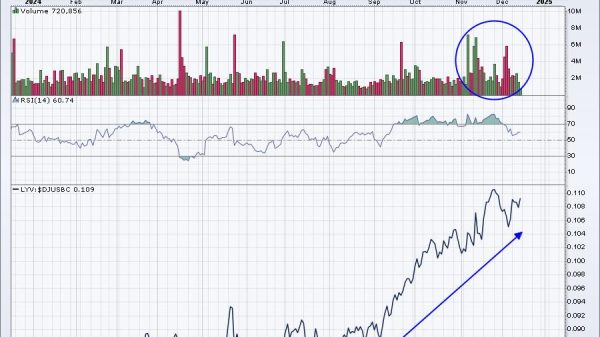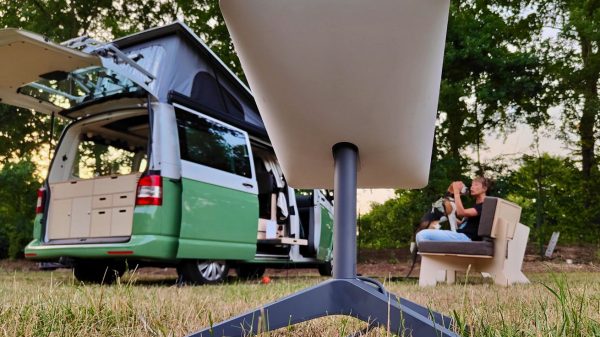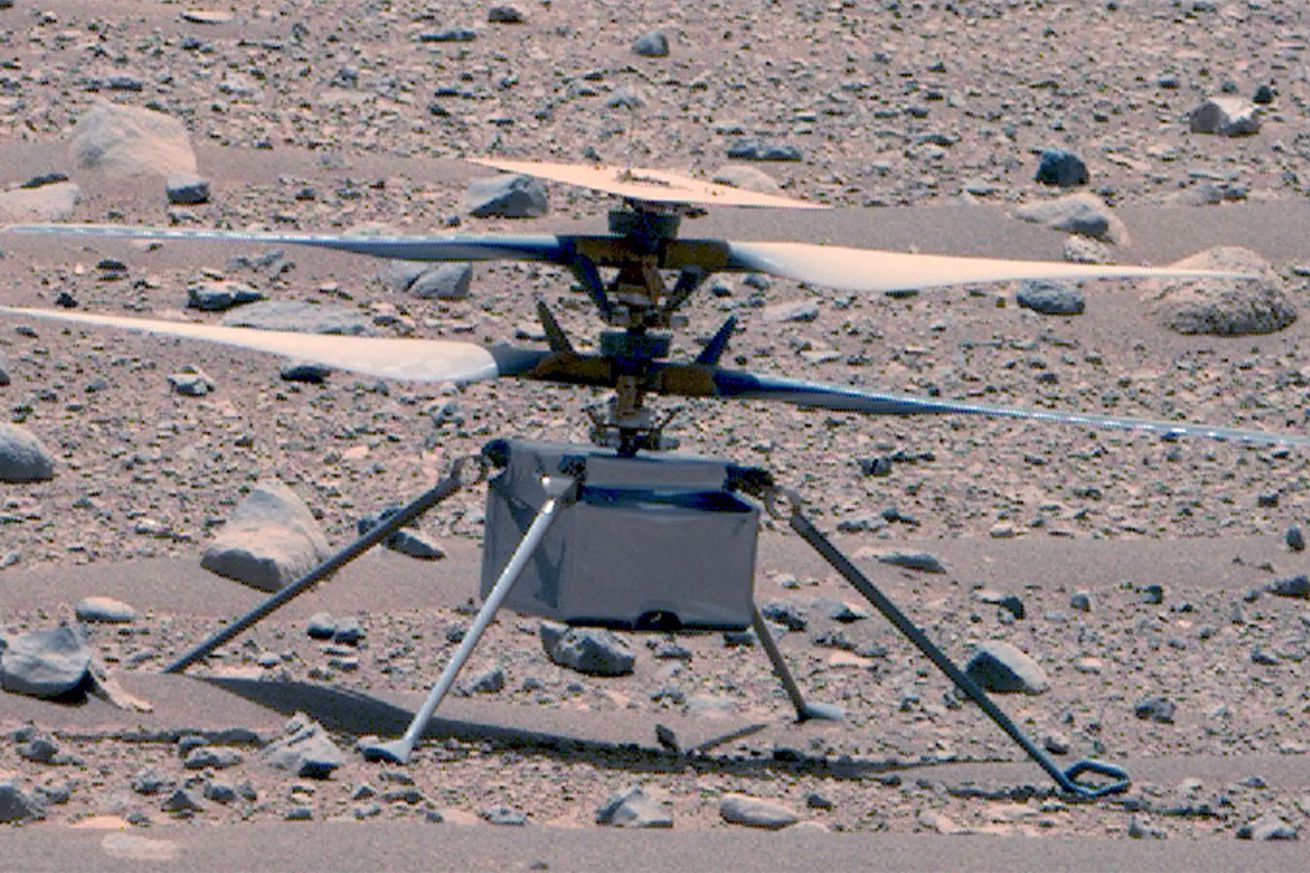
Ahead of a full technical report that’s expected to be released in the next few weeks, engineers from NASA’s Jet Propulsion Laboratory and AeroVironment have revealed what’s believed to be the cause of the Ingenuity Mars Helicopter’s crash on January 18th, 2024. The craft’s vision navigation system, which was designed to track textured features on the surface of Mars, was confused by a featureless stretch of rippled sandy terrain, resulting in incorrect velocity estimates that led to a hard landing.
Relying on remote data, including photographs taken after the flight, the investigators believe that “navigation errors created high horizontal velocities at touchdown,” which most likely resulted in Ingenuity experiencing a “hard impact on the sand ripple’s slope,” causing it to pitch and roll.
/cdn.vox-cdn.com/uploads/chorus_asset/file/25788347/nasa_landing.jpg)
Illustration: NASA/JPL-Caltech
NASA’s engineers originally assumed that Ingenuity’s spinning rotor blades were damaged after making contact with the surface of Mars during the crash. They now believe they snapped off because “the rapid attitude change resulted in loads on the fast-rotating rotor blades beyond their design limits.” A part of one of the rotor blades was located about 49 feet away from the craft’s final resting place.
Communications were lost during the crash as a result of excessive vibration in the damaged and unbalanced rotor system that resulted in an excessive power demand. However, despite being permanently grounded, communications were reestablished the next day, and Ingenuity “still beams weather and avionics test data to the Perseverance rover about once a week,” which NASA says “is already proving useful to engineers working on future designs of aircraft and other vehicles for the Red Planet.”
Initially designed to perform only up to five experimental flights over the course of a month on Mars, Ingenuity operated for almost three years and accumulated over two hours of flight time across 72 flights.





























